PROMOTION | POSTED ON 20.10.2015
Building customer habits to engage and connect
If you become a part of your customers’ habits they are more likely to repurchase from you, engage with you, connect with you, recommend and refer you. Consider your own habits – why do you do what you do and when you do it!
At the very heart of every habit is a simple neurological loop:
Cue
A trigger that tells the brain to go into automatic mode and which habit to use. These cues or triggers can be an emotion, a place, a time of day.
Example: Turning on the coffee machine or kettle as soon as you rise in the morning.
Routine
In response to that cue you perform an action. This can be physical or cerebral.
Example: Making a cup of coffee as soon as the kettle boils.
Reward
The benefit you receive from completing the routine or action. It’s the part that tells the brain that the action is worth repeating over and over again.
Example: Feeling awake and energised after your first cup of coffee and ready to face the day.
Now if you add an additional step that takes into consideration that rewards can build up over time then you get the Hook model:
- Trigger (or cue)
- Action (or routine)
- Reward
- Investment
The investment step is an important one as it leads to more triggers which, in turn, hooks the users.
Why is creating a ‘hook’ for customers important?
- Leads to increased customer lifetime value
- Improves a business’ defensibility to competition – is makes it harder to leave
- Provides a greater pricing flexibility
- Supercharges a business’ growth
Hooks can be enhanced by social pressure, peer pressure and/or culture. Think about it – why do you have a social media account? Why did you drink your first ever cup of coffee?
Some tips on how to help your customers create habits that ensure they engage and connect with your business, brand, product or service:
Know your target audience
Where they are, what’s important to them, what makes them tick, what sort of triggers, actions and rewards will speak to them.
Simple and consistent cues
Remember that cues make us all go into automatic mode so plan for that – have login forms in an expected place, ask the same type of questions and in the same way.
Reconsider any changes
While the old adage may say ‘a change is as good as a holiday’, change can actually be quite detrimental to your business. Even slight changes have a huge impact on your customers and their habits so consider and reconsider if the change is worth it. If changes are necessary plan the changes over a period of time and implement in small steps, allowing customers to get used to the changes.
Make the trigger simple, the action easy, the reward appropriate and the investment irresistible – become a habit for your customers. To learn more about creating habits and cues contact your local branding specialist Liquid Creativity.
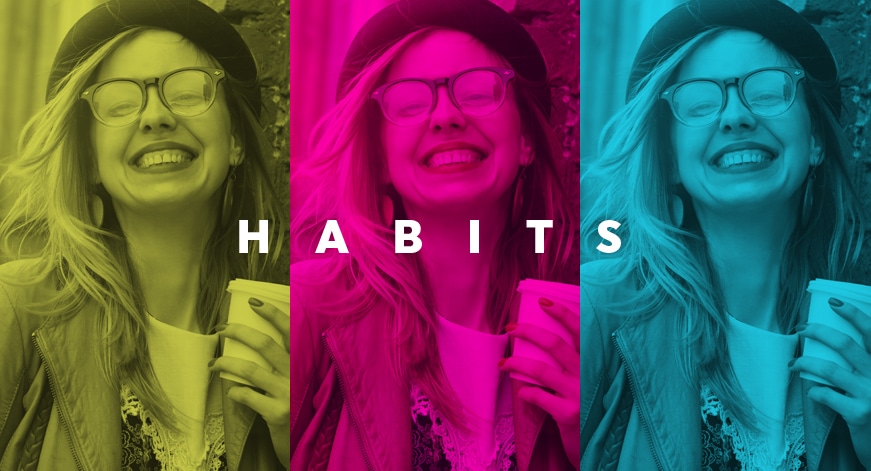


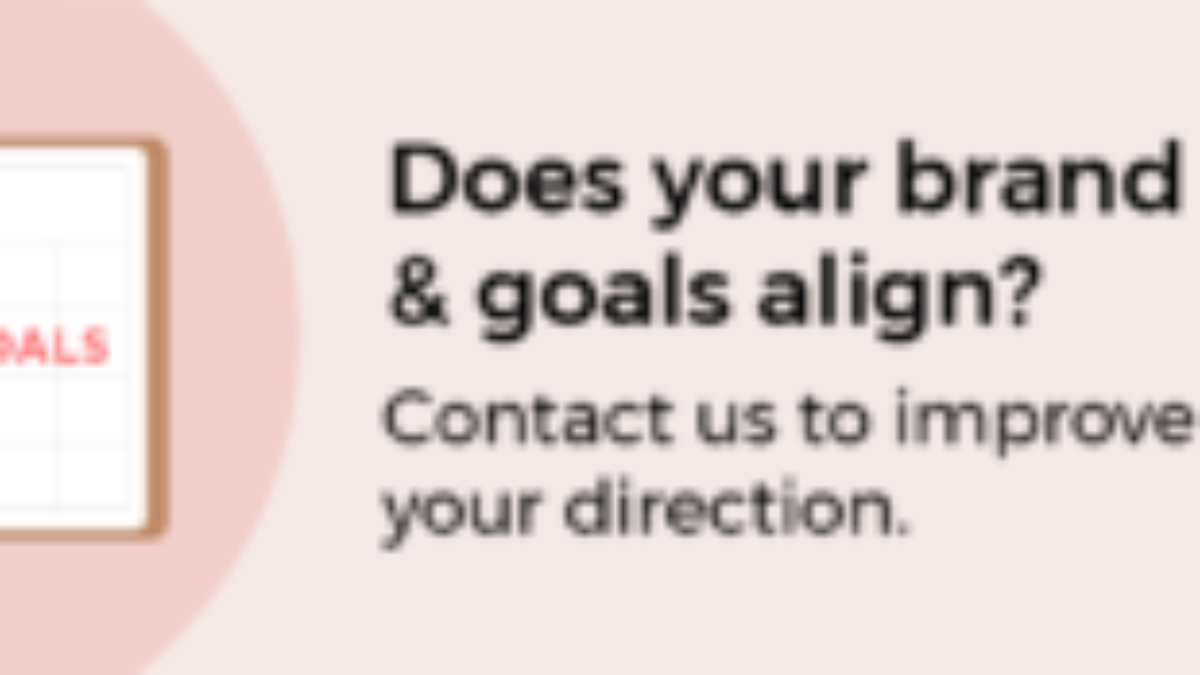


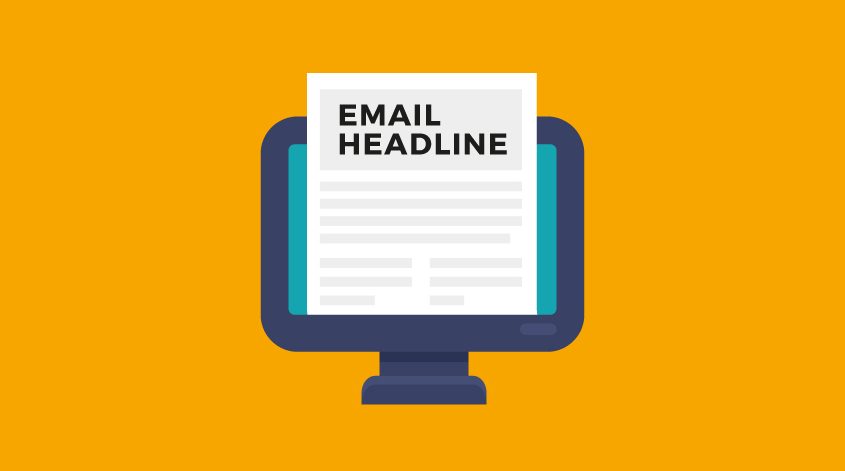
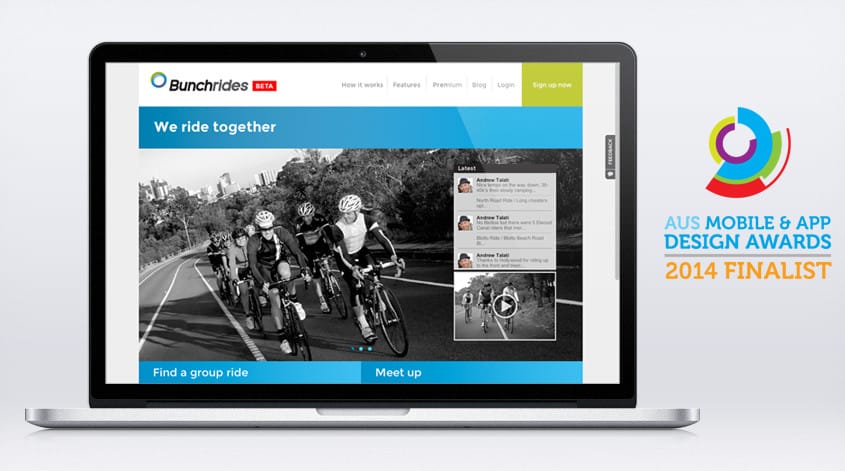
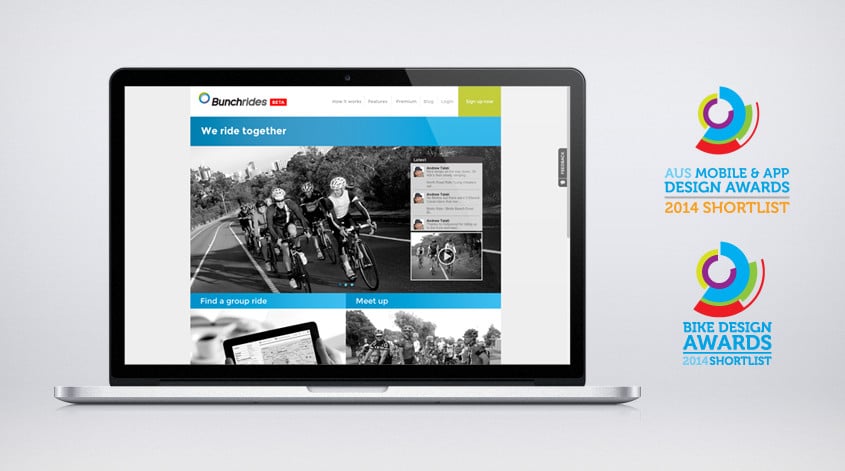
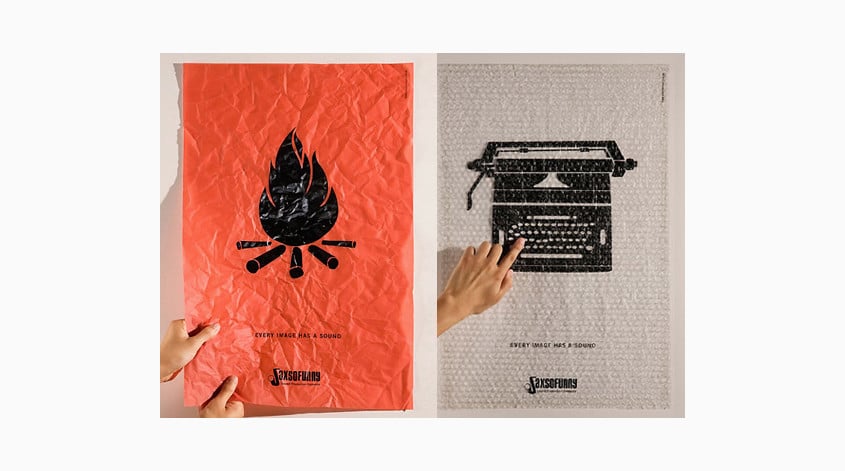


Leave a Reply
Your email address will not be published